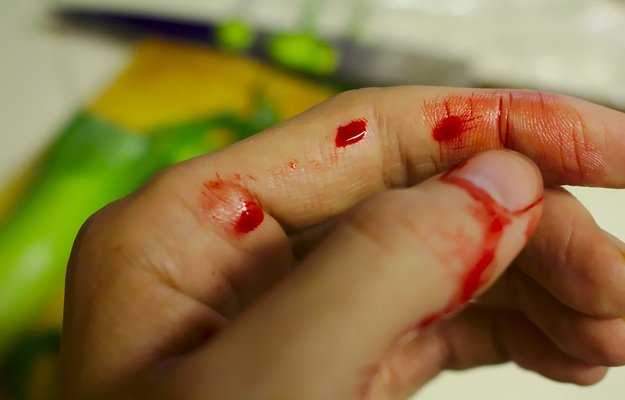What is finger injury?
Finger injury, as the name suggests, is a condition wherein the structure and the function of the finger is disrupted/altered. It is a broad term and may include injuries caused due to different reasons. The injury can be chronic such as arthritis or acute such as a fractured finger.
What are its main signs and symptoms?
Common signs and symptoms of a finger injury include:
What are its main causes?
Some of the most common causes of finger injuries are:
- Fractures
- Dislocation of the bones of the finger
- Injuries due to rings
- Arthritis
- Sprained fingers
- Dislocation of the thumb such as Gamekeeper’s thumb
- Finger amputations
- Trigger finger, a condition where the snapping of the tendons in the fingers causes pain
How is it diagnosed and treated?
In case you observe any of the above-listed signs and symptoms, make sure you go to see a doctor especially if the symptoms are getting worse.
The doctor will examine your wound or injury on the finger or thumb and ask you relevant questions about the cause, severity, symptoms, medical history and personal history. He/she would then prescribe you some painkillers and medications to treat the cause of the injury.
An X-ray might be needed to diagnose if there is a fracture, ligament tear or to confirm the superficial nature of an injury. Blood tests and CT/MRI scan will rarely be needed.
Some of the effective and easy to perform home remedies to treat finger injuries include:
- An effective first aid is using a cold compress.
- Ice therapy, in which you would simply put an ice pack over the injured area, can help calm down the pain and swelling on the injured finger. However, do not expose the finger to the ice directly. Instead, wrap the ice in a towel and then use it.
- Compression therapy, in which the injured finger is wrapped in a bandage. This helps to relieve pain and swelling too.
- Try and elevate the injured finger to allow a good amount of blood flow through the fingers.
- Restricting movement by splinting might be done to reduce swelling and pain.

 OTC Medicines for Finger injury
OTC Medicines for Finger injury















